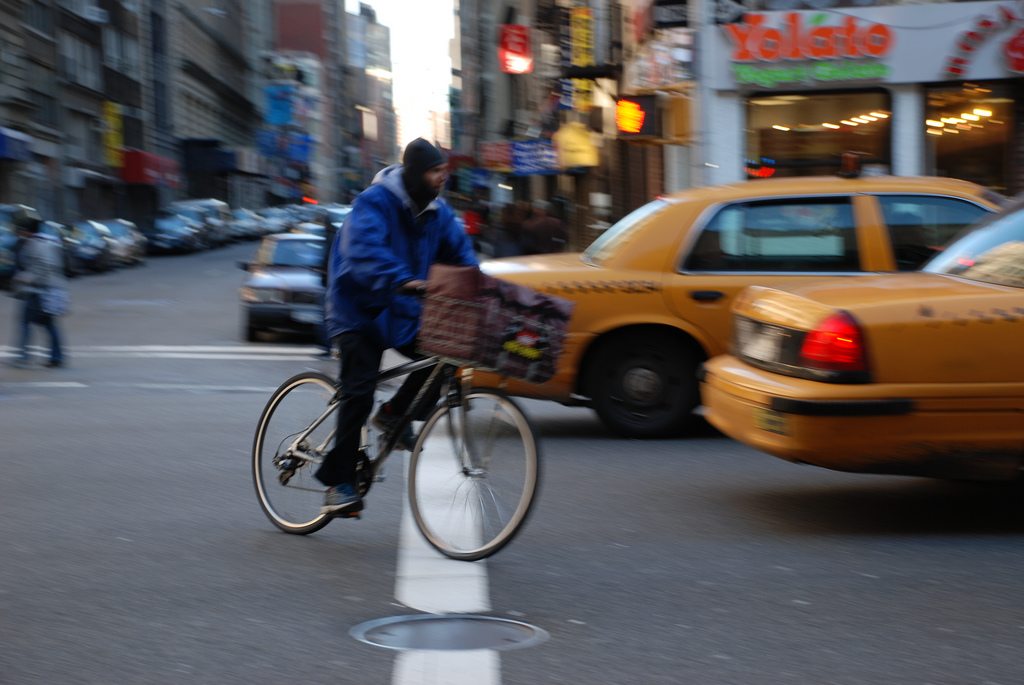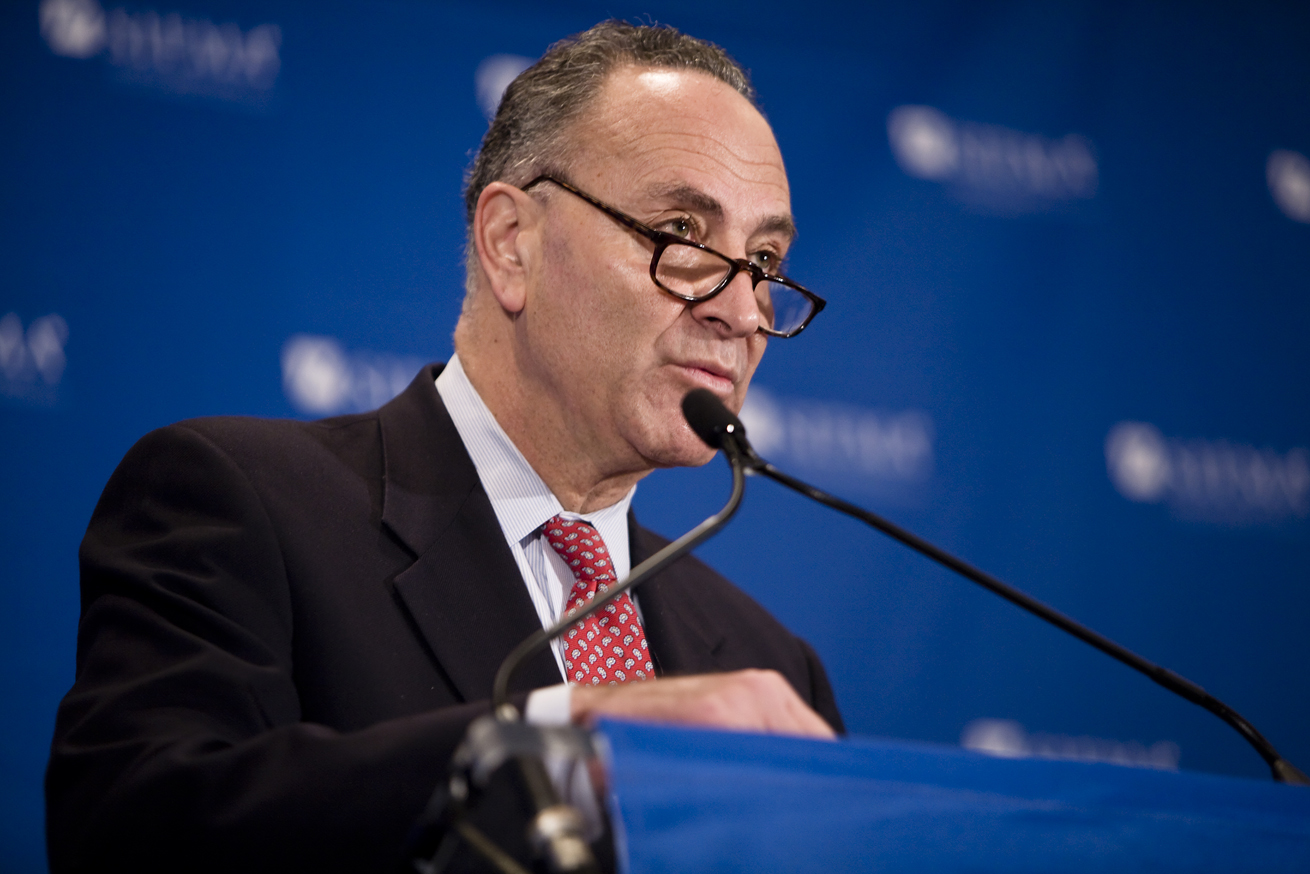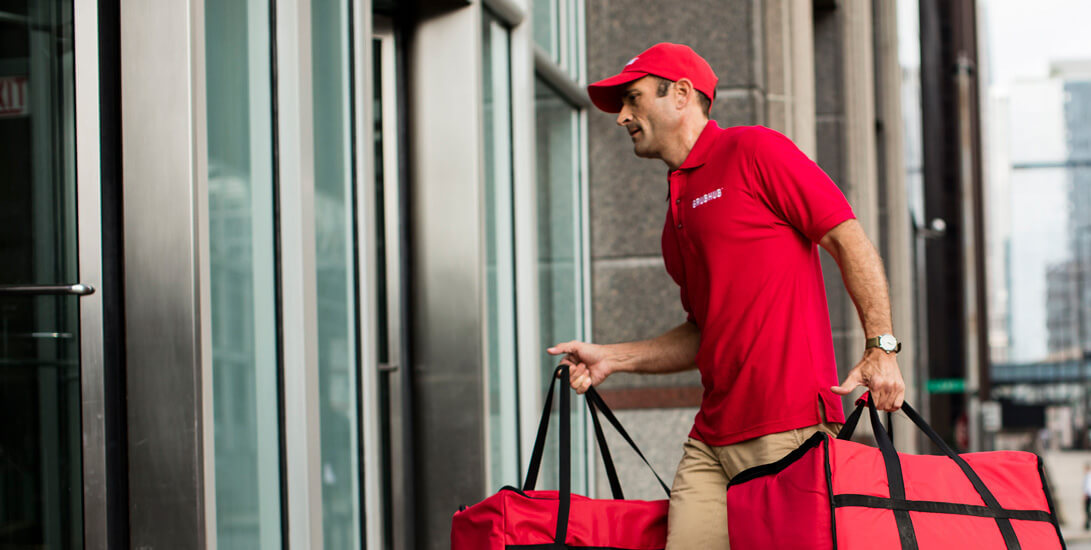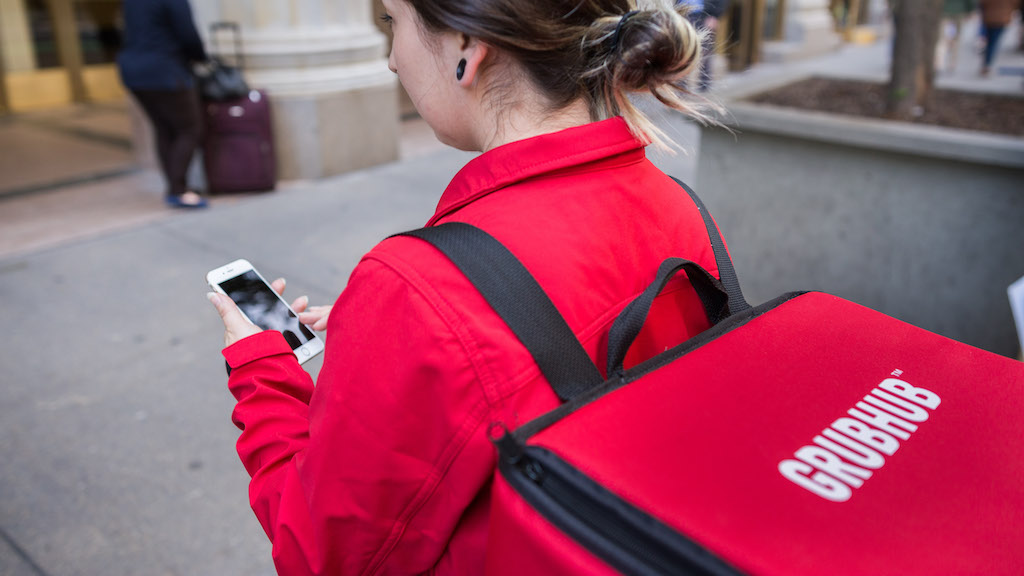Money grubbin’. Online food delivery and ordering company Grubhub (parent of Seamless) announced its third-quarter results Wednesday, showing a 44 percent increase in revenue in the last year. The company also reported it served an average of 267,500 “grubs” per day and now counts more than 7 and a half million active diners in its network.
But as Alison Griswold wrote in her piece on the announcement for Quartz, those results apparently failed to satiate investors in the public market. (Grubhub’s stock dipped nearly 13 percent in spite of what, in a statement released on its website, the company deemed “record” net revenue.) That may be due in part to Grubhub’s dowdy digital reputation, Griswold writes. “At a basic level, Grubhub’s problem is that it isn’t cool. With its cheesy ad-copy puns (“download for deliciousness”) and unfortunate branding (the “Yummy Rummy sweepstakes”), it’s the food-ordering site Americans love to hate.”
One interesting takeaway (or is it takeout?) from the results? “Our growth rate is generally highest in markets where a substantial percentage of orders are being delivered by our drivers,” said Grubhub CEO, Matt Maloney. For us, it confirms something we’ve suspected for a while: Online food ordering services that don’t carve out a specific operational space for themselves (e.g., delivery logistics) tend to fall flat. As we reported last week, these startups are struggling to compete in the land of buzz overkill. “I believe what’s going to happen is what’s happened in every other industry, that there is explicit value in specialization,” Adam Price, founder of his own delivery service, told us. “The customer doesn’t care.”








